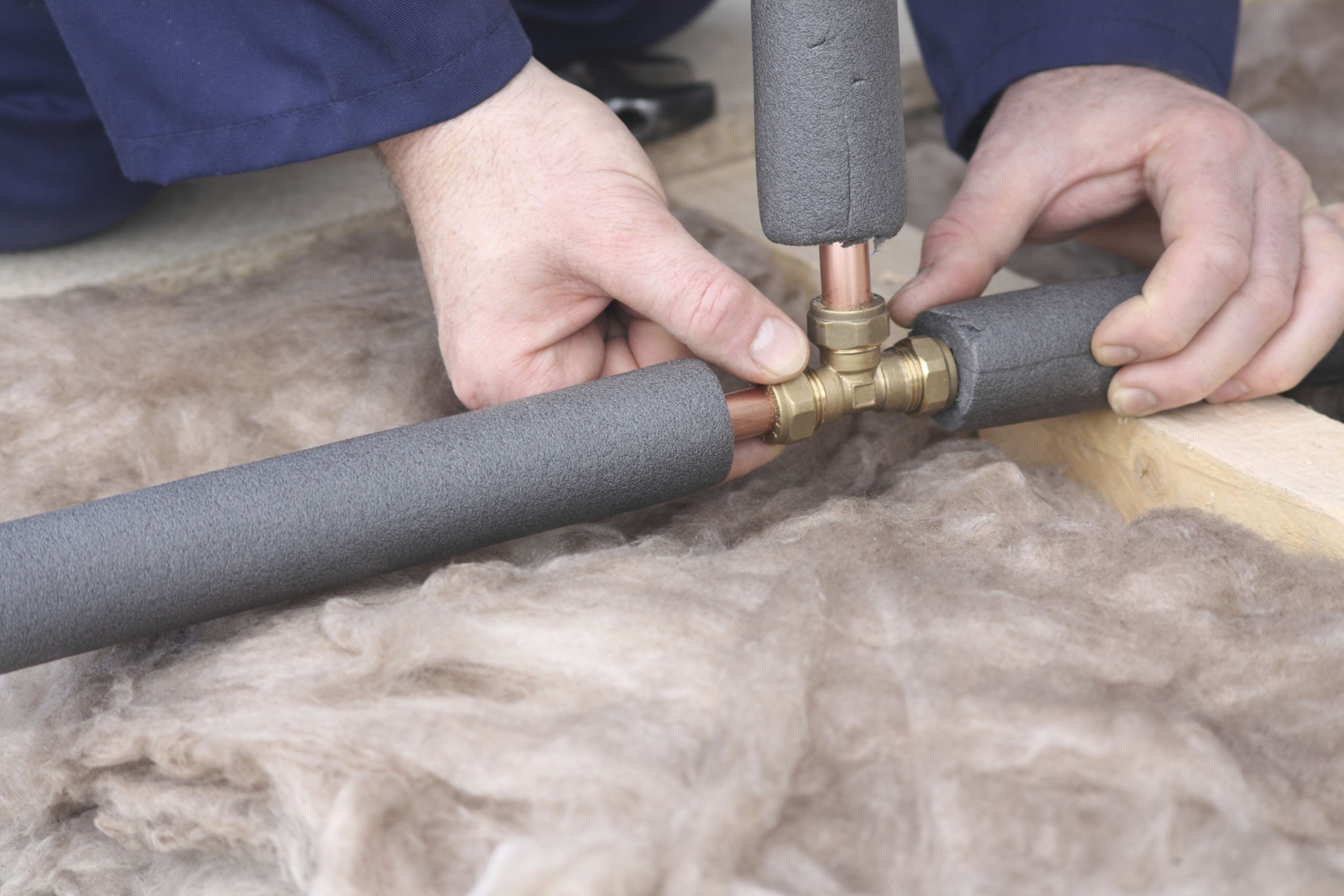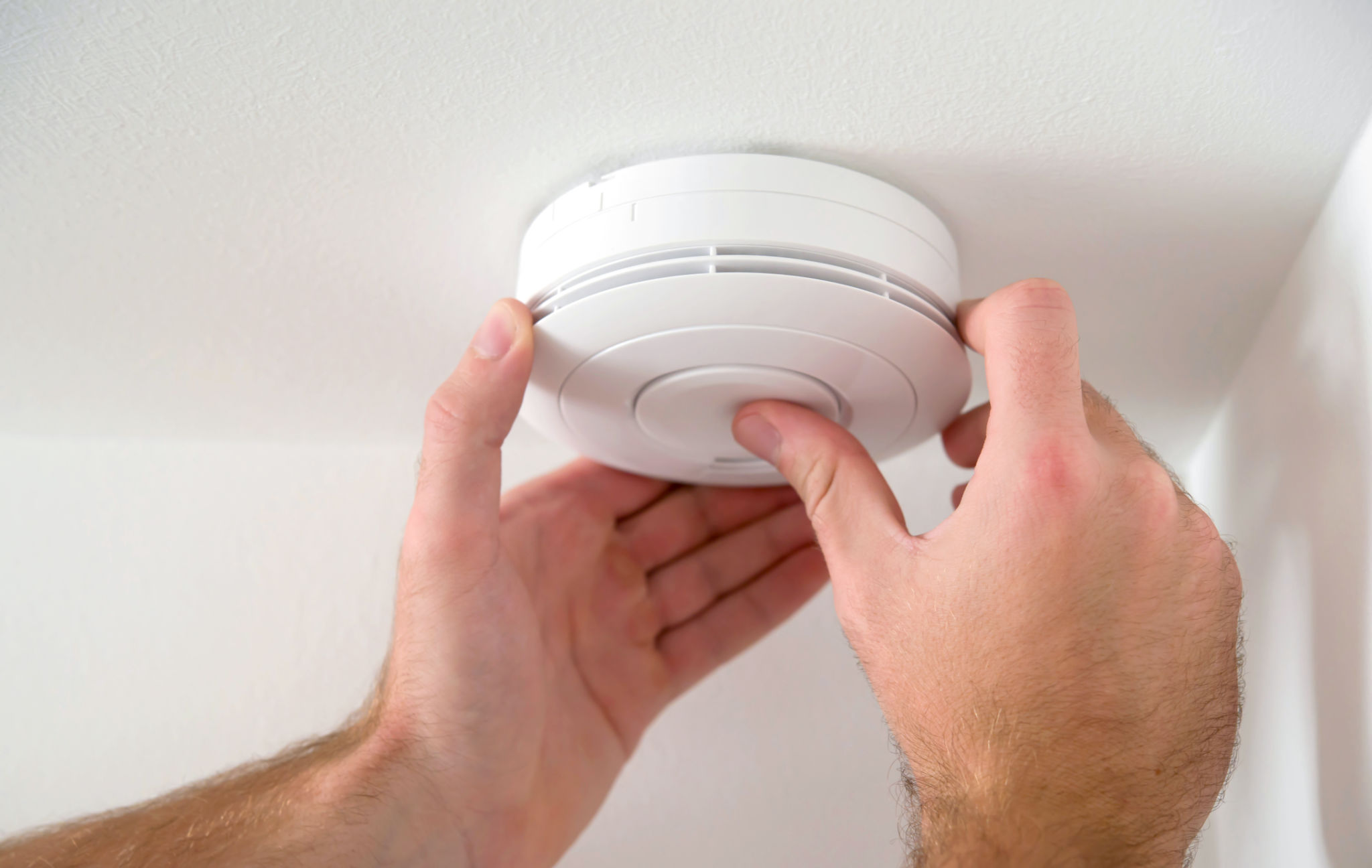Winter Home Repair Tips for Iowa Residents: Preparing for the Cold Season
AG
Inspect and Seal Windows and Doors
As the winter season approaches, one of the first steps Iowa residents should take is to inspect and seal their windows and doors. Cold air can easily seep in through gaps and cracks, leading to increased heating costs and discomfort. Check for drafts around windows and door frames. Use weatherstripping or caulking to seal any leaks you find. Additionally, consider using thermal curtains to add an extra layer of insulation.

Check Your Heating System
Ensuring that your heating system is in top condition is crucial for a warm and cozy home during the colder months. Schedule a professional inspection and maintenance service to clean ducts, replace filters, and check for any necessary repairs. This will not only enhance efficiency but also prolong the life of your heating system. Remember, a well-maintained furnace is a reliable furnace.
If you have a fireplace, make sure it’s clean and the chimney is free of obstructions. Consider installing a chimney balloon to prevent drafts when the fireplace is not in use.
Insulate Pipes to Prevent Freezing
Frozen pipes can cause significant damage to your home, so it’s essential to insulate them properly. Focus on pipes in unheated areas such as basements, attics, garages, and crawl spaces. Use pipe insulation sleeves or heat tape for effective protection. Additionally, allow faucets to drip during extremely cold temperatures to prevent pressure buildup and potential freezing.

Prepare Your Roof and Gutters
The roof is your home’s first line of defense against harsh winter weather. Inspect your roof for any damaged or missing shingles and have them replaced before the first snowfall. Clear gutters of leaves and debris to ensure proper drainage and prevent ice dams. Consider adding gutter guards to reduce maintenance efforts throughout the season.
Don’t forget to check attic insulation as well. Proper insulation will keep warm air from escaping through the roof, reducing energy costs and keeping your home comfortable.
Test Smoke and Carbon Monoxide Detectors
Winter means more time indoors with heating devices running continuously. This increases the risk of fire and carbon monoxide poisoning. Test smoke alarms and carbon monoxide detectors monthly to ensure they’re functioning correctly. Replace batteries as needed, and consider upgrading to models with a longer battery life or interconnected systems for added safety.

Stock Up on Winter Supplies
Don’t wait until the first snowstorm hits to stock up on essential winter supplies. Make sure you have shovels, ice melt, and sand ready for clearing driveways and walkways. It’s also wise to have an emergency kit prepared with flashlights, batteries, blankets, non-perishable food, and water in case of power outages.
Consider investing in a generator if frequent power outages are a concern in your area. This will ensure that you have a backup power source to keep your home warm and essential appliances running.
Conclusion
Preparing your Iowa home for winter doesn’t have to be overwhelming if you start early and tackle these tasks methodically. By focusing on these key areas—windows and doors, heating systems, pipes, roofs, safety detectors, and winter supplies—you will ensure that your home remains safe, warm, and energy-efficient throughout the cold season. Taking these proactive steps will not only protect your home but also provide peace of mind during the long winter months.